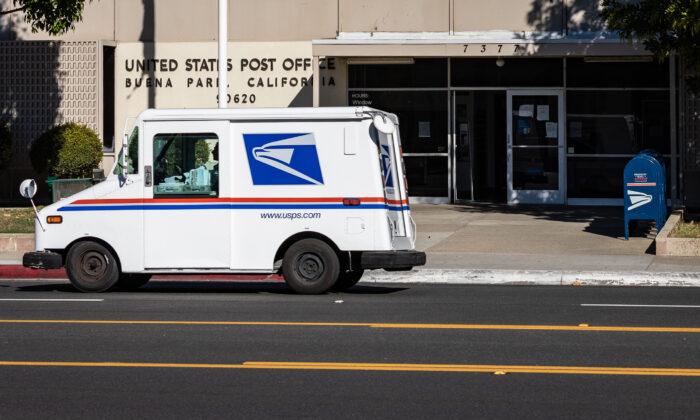Stamps are about to get more expensive as a price hike proposed several months ago by the U.S. Postal Service (USPS) and recently approved by the Postal Regulatory Commission (PRC) kicks in on Sunday, Jan. 22.
The price for Periodicals is going up by 3.5 percent.
Inflationary Pressures
While U.S. inflation has eased somewhat in recent months, the latest Consumer Price Index (CPI) data shows that prices in December 2022 rose by 6.5 percent in year-over-year terms, and declined by 0.1 percent in month-over-month terms.The government’s CPI inflation reading of 6.5 percent is the slowest annual rate in over a year and this number has been trending downward in recent months.
According to the PRC’s price adjustment order, the cost of mailing a 1-ounce letter will go up from 60 cents to 63 cents, while domestic postcards will go up from 44 cents to 48 cents.
In terms of Special Services, Money Order prices are going up 6.7 percent and Post Office Box Service prices are increasing 4.5 percent. The only Special Services product that isn’t seeing a price boost is Credit Card Authentication.
USPS Hit Hard by Inflation
The USPS Office of Inspector General (OIG) has reported that inflation has had a disproportionate impact on the Postal Service due to restrictions on investments, pay increases tied to collective bargaining agreements, limitations on rate increases, and lack of hedging against rising fuel costs.Two-thirds of the USPS’s $82 billion in annual expenses go towards labor costs, with nearly three-quarters of its workforce receiving cost-of-living adjustments twice a year.
Additionally, restrictions on liquid asset investments, fuel costs, and union agreements put the Postal Service at a disadvantage compared to private sector businesses.
These cost-of-living adjustments are part of the USPS’s collective bargaining agreements and are separate from annual pay bumps that Postal employees get.
Eligible employees got an adjustment of $1,935 in July 2021, according to the OIG report, an amount around ten times higher than what they received in July 2020.
Businesses that are less constrained by union agreements would face lower cost pressures than the Postal Service.
The OIG report notes that USPS doesn’t hedge fuel prices by buying fuel for the future at a predetermined earlier price, which is a way businesses can mitigate the impact of price volatility.





